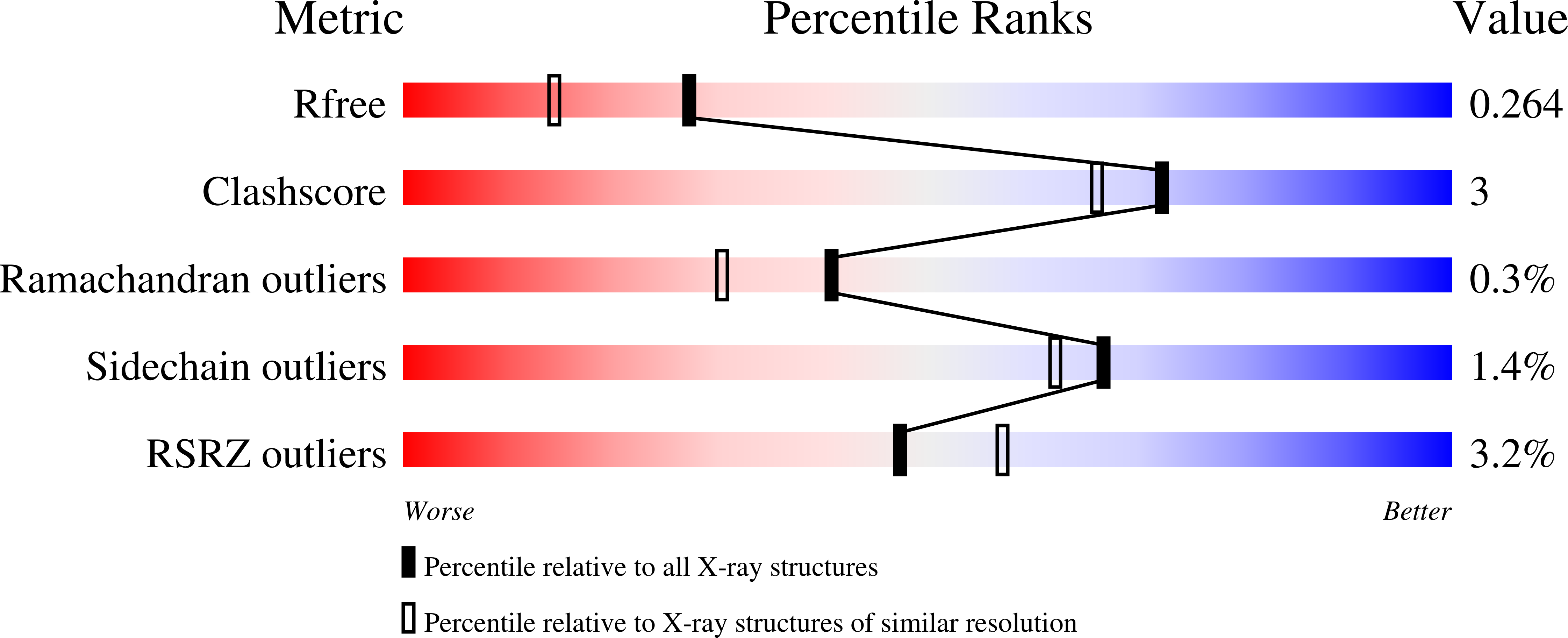
Deposition Date
2020-04-27
Release Date
2021-03-24
Last Version Date
2024-01-24
Entry Detail
Biological Source:
Source Organism:
Staphylococcus aureus (Taxon ID: 1280)
Host Organism:
Method Details:
Experimental Method:
Resolution:
1.96 Å
R-Value Free:
0.25
R-Value Work:
0.22
R-Value Observed:
0.23
Space Group:
P 1


